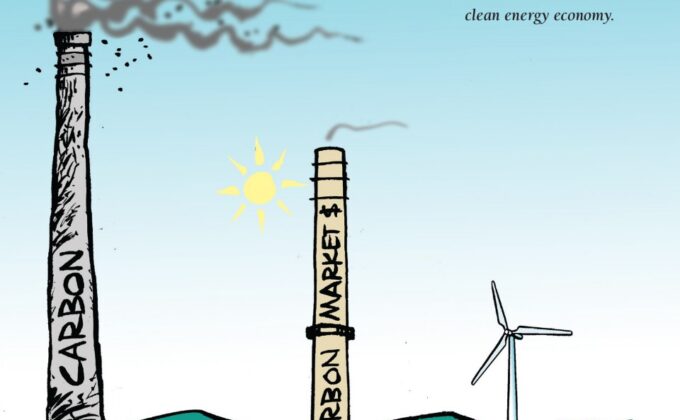Filter >>
Content Filter:
In a May 19 webinar, RAP’s David Littell and David Farnsworth examined important lessons learned by environmental and energy regulators on how to set up and oversee carbon markets. Drawing from RAP’s primer, “Carbon Markets 101: “How-to” Considerations for Regulatory… View Summary +
If the video is not visible, please accept all cookies to enable the player. While ongoing legal challenges have delayed the timeline of the U.S. Clean Power Plan, regulators continue to wrestle with various compliance approaches and ways to… View Summary +
Neo-classical economics tells us that markets reduce costs and increase social welfare. It also teaches that pollution not properly accounted for is a classic economic externality. That is, if clean air and clear water are not properly valued, degrading… View Summary +

In 2009, the European Union adopted high-level goals for renewable energy, energy efficiency, and greenhouse gas reductions with targets set for the year 2020. This was followed in 2012 by adoption of the Energy Efficiency Directive (EED) (2012/27/EU), a major… View Summary +
In recent years across the UK, citizens, government, and the business community have all demonstrated a willingness to lead the world in the fight against climate change. So the mystery today is: Why is the UK walking away from energy… View Summary +
In recent years, China and India have greatly expanded renewable energy capacity. Installed wind capacity in China reached 129 GW at the end of 2015, up 23 percent over six months earlier and now the highest in the world. Solar… View Summary +
The harsh weather and inaccessible geography of rural Alaska communities pose significant energy challenges to the region, including keeping electricity and other energy costs very high compared to the lower 48 and even more populous regions of the state. Many… View Summary +
The harsh weather and inaccessible geography of rural Alaska communities pose significant energy challenges to the region, including keeping electricity and other energy costs very high compared to the lower 48 and even more populous regions of the state. Many… View Summary +
Europe is progressing towards an integrated, interconnected pan-European electricity market. However, the governance and regulatory arrangements that the EU has established to support this process are inadequate to the task. They are more focused on preserving the sovereignty of national… View Summary +
Regulators around the world are faced with complex issues ranging from securing the supply of energy, to meeting public policy objectives and protecting the environment. Current developments in the energy sector present serious challenges for policymakers leading a vital transition—a… View Summary +
